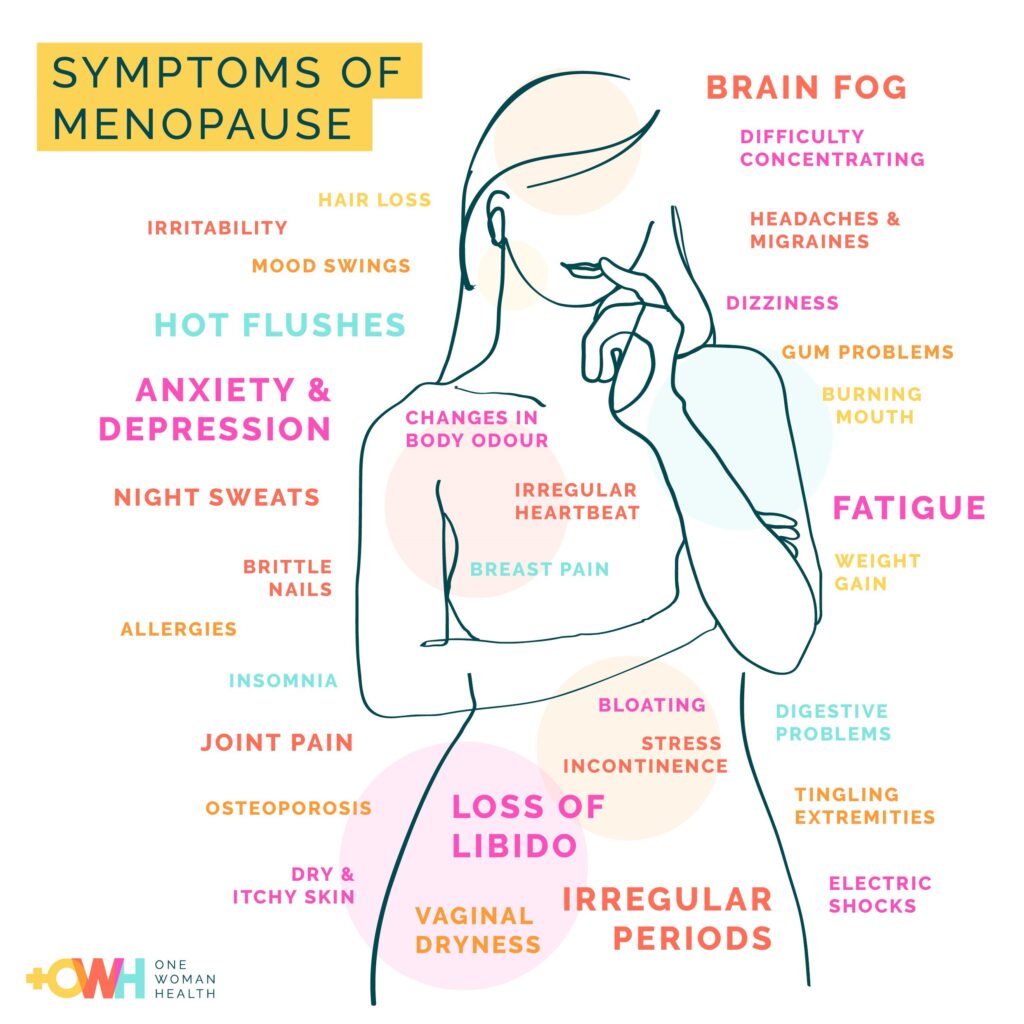
In Morag’s scenario, she is a woman experiencing menopause and has cardiovascular disease risk factors. She sees her healthcare provider to discuss her symptoms, receive a diagnosis, and explore treatment options.
While Morag goes over her symptoms, her healthcare provider reassures her that these symptoms are normal, and things can be done to help manage them. Following their initial discussion, she is assessed for menopause.
The results of the assessment and examinations indicate that Morag is menopausal and is at high risk for developing cardiovascular disease . The healthcare provider explains this to Morag and also goes over cardiovascular disease and how menopause can affect it.
After discussing treatment options, Morag works with her healthcare provider to create a comprehensive treatment plan that addresses her menopause symptoms and cardiovascular disease risk factors. She receives a treatment plan that is tailored to her health and personal preferences to promote her cardiovascular health while improving her menopause symptoms. She is given information and resources to educate herself about her health and options available for her.
Overall, this scenario:
- Defines menopause and identifies the symptoms
- Explains the cardiovascular disease risk factors that are associated with / affected by menopause
- Identifies treatment options for menopause and their correlation with cardiovascular health
- Explains how cardiovascular disease risk factors associated with menopause can be managed
- Discusses how menopause can be diagnosed
- Provides resources for additional information
- Signposts to relevant health services
Image credits: onewomanhealth.com
Well done, you have reached the end of this section.
What do you want to do next?
